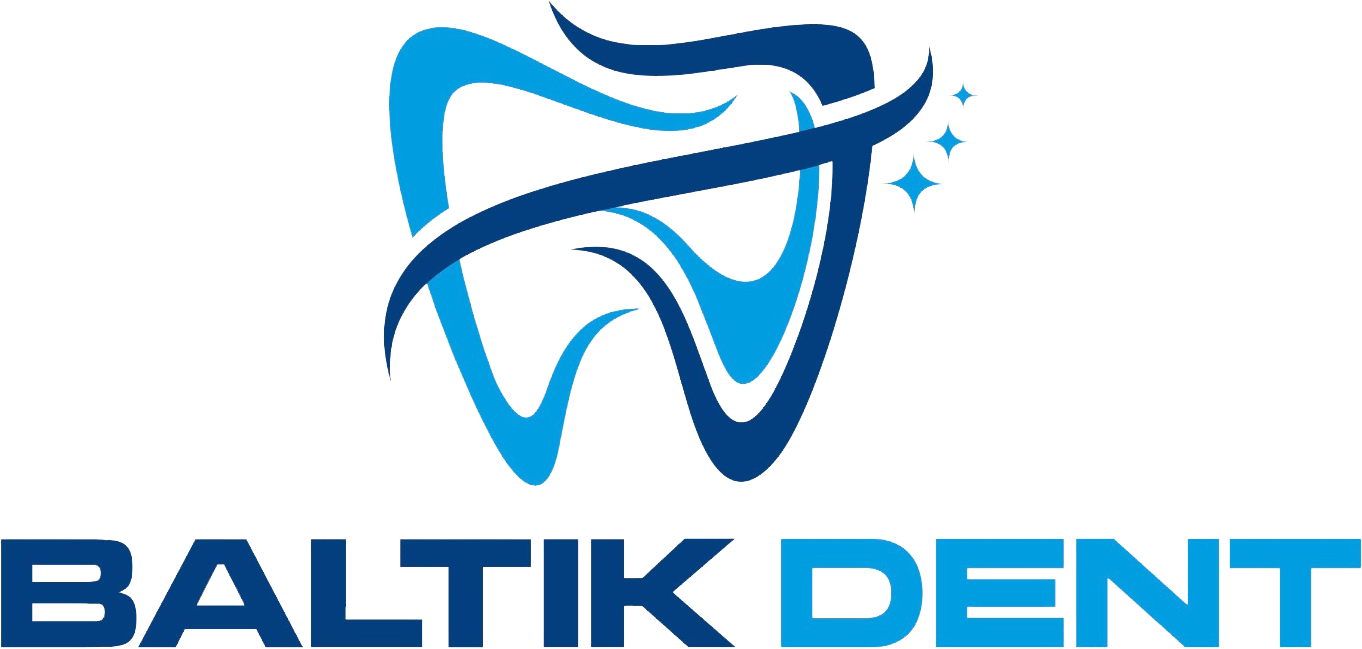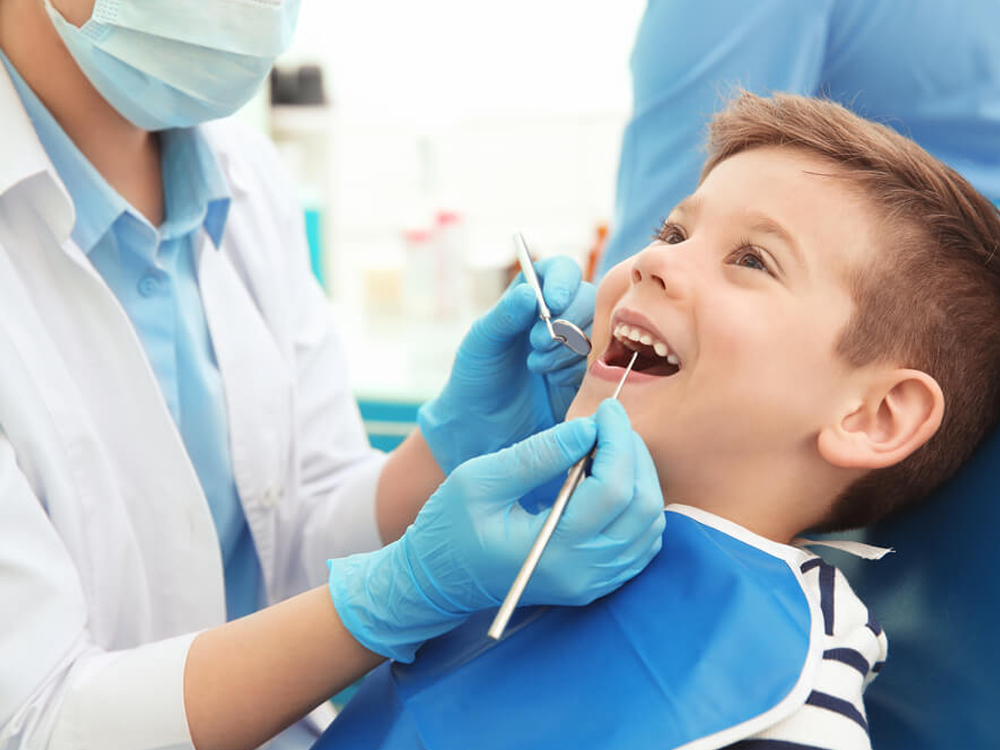Pediatric dentistry, also known as pedodontics, is the branch of dentistry that focuses on the oral health of children from infancy through adolescence. Pediatric dentists specialize in the prevention, diagnosis, and treatment of dental issues in children, as well as in creating a positive and comfortable dental experience.
The early years are crucial for building healthy oral habits and preventing dental problems in adulthood. Regular check-ups with a pediatric dentist help ensure your child’s teeth, gums, and jaws develop properly.
What Does Pediatric Dentistry Include?
Dental exams and cleanings
Fluoride treatments and fissure sealants
Cavity treatment (tooth-colored fillings)
Space maintainers (after early tooth loss)
Pulp therapy (for decayed baby teeth)
Early orthodontic evaluation
Behavior management and dental anxiety reduction
Why Choose a Pediatric Dentist?
Specialized training in child behavior
Gentle and child-friendly communication
Use of tools and techniques suited to kids
Preventive focus and early intervention
Safe and comfortable environment for kids
❓ Top 10 FAQs About Pediatric Dentistry
At what age should my child first see a dentist?
Around 1 year old or within 6 months after the first tooth appears.How often should children visit the dentist?
Every 6 months, just like adults.What if my child is afraid of the dentist?
Pediatric dentists are trained to manage dental anxiety with gentle techniques.Are baby teeth really that important?
Yes! They guide the eruption of permanent teeth and affect speech, chewing, and jaw growth.What is a fluoride treatment?
A protective coating applied to strengthen enamel and prevent cavities.What are fissure sealants?
Thin coatings applied to molars to prevent decay in deep grooves.Can children get cavities even with baby teeth?
Yes, and untreated decay can lead to pain, infection, and early tooth loss.Do children need X-rays?
Occasionally, to check for hidden decay or monitor tooth development.What is pulp therapy?
A treatment to save a decayed baby tooth, similar to a root canal.How do I prepare my child for a dental visit?
Use positive words, avoid saying “pain” or “needle,” and act calm and encouraging.








